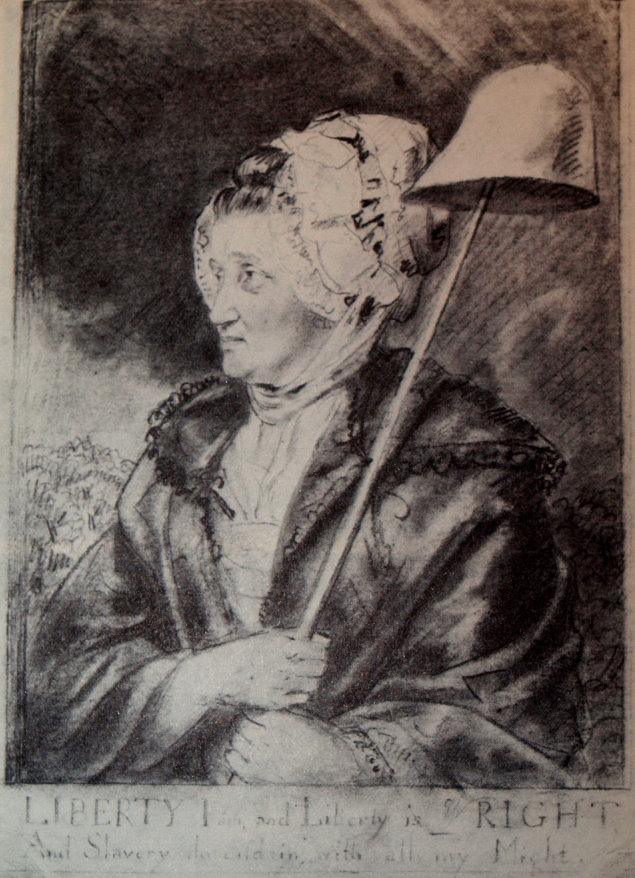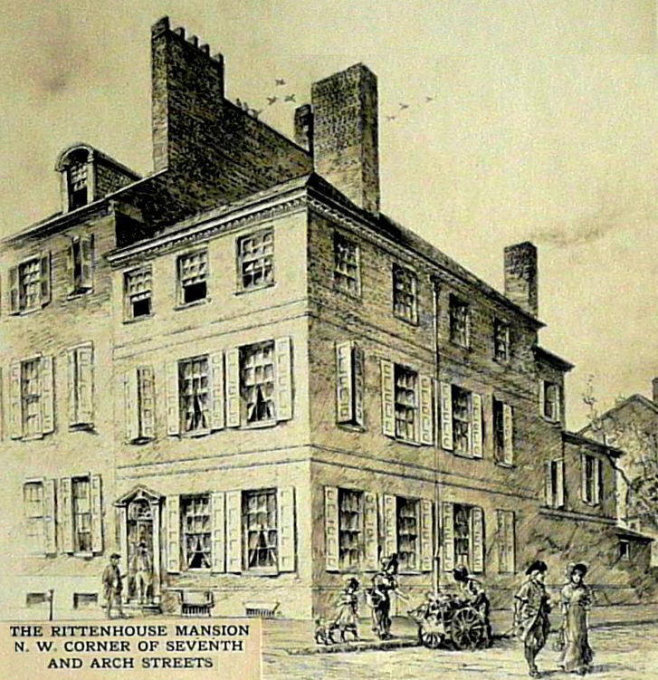|
A Few Images Relative to
1794 Liberty Cap Cents |
|
 Photograph of the first U. S. Mint taken in 1854 by Frederick DeBourg |
|
 The first U.S. Mint (c.1910) built in 1792. The last-standing (main) building was destroyed in 1911 after owner, Frank Stewart's attempts to preserve it failed. Stewart's electrical storefront (right) sits on what was Sugar Alley in 1794. |
|
 1794 Whist match in Cocoa Beach, Florida in 1979. Participants are, left to right: Tom Morley (red jacket)-Myles Gerson (cigarette)-Del Bland (center)-Denis Loring (examining coin) with George Ewing hidden behind him. |
|
 1794 Whist match in Cocoa Beach, Florida in 1979. Participants are, left to right: Denis Loring-Tom Chalkley (glasses)-John W. Adams (red shirt)-Pete Smith (blue shirt)-Ned Bush (white shirt)-Bill Raymond (sweater) and Tom Morley. |
|
 Joseph Wright and Sarah Vandervoordt-Wright, in an unfinished 1793 painting, with their children; Sarah (on floor), Joseph and baby Harriet. Joseph, Jr. and Sarah are believe to be twins. Wright's painting was left unfinished when both he and Sarah died from yellow fever during the 1793 summer epidemic. It has been postulated that Wright used Sarah's likeness when creating the Liberty Cap design. |
|
 1762 caricature of John Wilkes showing Cap & Pole meant to symbolize liberty. Wilkes, along with Isaac Barré, were English parliamentarians who supported the colonies' efforts towards achieving independence. The city of Wilkes-Barre, Pennsylvania is named after them. |
|
 Patience Lovell-Wright (1725-1792), mother of Joseph Wright, drawn by John Downman in 1777, was America's first sculptress and a spy with access to King George III of England. She conveyed British military secrets, hidden in wax figures, to the colonists which helped in the revolutionary war effort. |
|
 The Liberty Cap symbolism traces back to ancient Roman times where it was viewed as a badge of freedom. The cap, often referred to as a Phrygian cap was known in Latin as a "pileus" and worn on festive occasions by the manumitted slaves of Rome; symbolic of their freedom from tyranny. This symbolism reemerged in the second half of the 18th century. In 1763, a sketch was made of English parliamentarian, John Wilkes, defiantly hoisting a "LIBERTY" emblazoned Phrygian cap on a pole. Wilkes opposed the monarchy and was supportive of the independence movement brewing in Colonial America. The cap on pole symbolism was again later portrayed, by Joseph Wright, on a 1777 drawing of his mother, Patience Lovell-Wright [see above], a free-thinking, pro-independence American woman. The Libertas Americana medal (above), conceived by Benjamin Franklin, was struck at the Paris mint in April, 1783, employing a Liberty Cap design on the obverse. It is believe the obverse [above] was designed by Joseph Wright while the reverse was conceived by Esprit-Antoine Giblein. The dies were engraved by Augustin Dupré. |
|
 |
 |
|
In August, 1793, upon Joseph Wright's elevation to "chief coiner and die sinker" at the U. S. Mint, he crafted the design for both the half cent and and the third version of the large cent. Above are Sheldons 13 and 18b, so called "heads of 1793," designed by Wright. It is commonly believed that Wright used his wife, Sarah, as the model for the design. |
|
 Joseph Wright created this wax profile of George Washington in August 1783 after returning to America. |
|
|
100 Farnsworth Avenue in Bordentown, NJ. Birth home of Liberty Cap designer, Joseph Wright. He lived here from his birth in 1756 until the death of his father, in 1769, when the family moved to Philadelphia.
The mansion of Mint Director David Rittenhouse at 245 Mulberry (formerly Arch) St.; less than 400 feet from the Mint at 29 No. Seventh. ----------------------------------------------------------------------------------------------------------------------- Pages of the 1794 Philadelphia City Directory describing the United States Mint at 29 No. Seventh Street.
Some "Boyz of 1794" at the Manassas [VA] battlefield-April 2010. l. to r. Chuck Heck, Nathan Markowitz, Mark Borckardt, Tory Denman (red) Jim Neiswinter, Bim Gander (tan jacket), Scott Barrett (yellow shirt), Dan Trollan (blackcap), Steve Ellsworth (center beige jacket), Al Boka, Terry Denman, Sam Foose, Walt Husak |
|

First EAC Convention (gathering), New York City, Dec. 28, 1967 Left to right: Gordon Wrubel, Dorothy Paschal, Ed Janis (Pres. NY Numismatic Society) Dr. William Sheldon |
|
|
|
|






